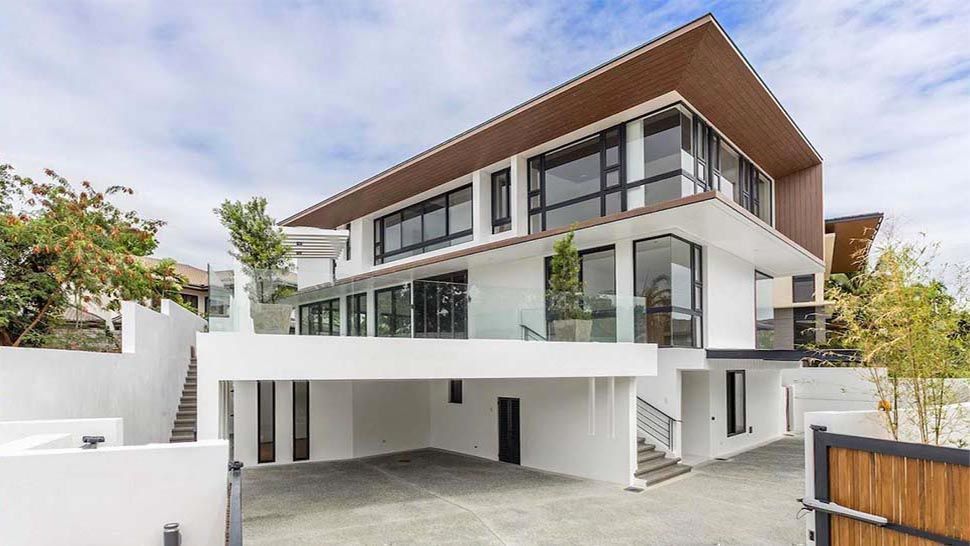Introduction
Modern minimalist homes have become a sought-after design choice for homeowners seeking a harmonious blend of simplicity, functionality, and elegance. This design style strips away unnecessary clutter, leaving behind clean lines, open spaces, and a focus on essential elements. In this article, we explore the key features of modern minimalist homes, tips for incorporating this style into your living space, and the reasons behind its growing popularity in the contemporary world.

1. Clean and Functional Design: Less is More
Clean and Functional Design: Less is More
At the heart of modern minimalist homes lies the principle of “less is more.” Clean lines, uncluttered spaces, and functional design take center stage. Furniture and décor pieces serve a purpose, with each element carefully selected to contribute to the overall aesthetics and functionality of the space.
2. Neutral Color Palette: Embracing Serenity
Neutral Color Palette: Embracing Serenity
Neutral colors dominate the color palette of modern minimalist homes. Shades of white, beige, gray, and muted tones create a serene and calming ambiance. The use of neutral colors allows natural light to bounce off the surfaces, making the space feel brighter and more spacious.
3. Open Concept Layouts: Enhancing Airy Spaces
Open Concept Layouts: Enhancing Airy Spaces
Modern minimalist homes often feature open-concept layouts that seamlessly connect different areas of the house. Removing walls and barriers between the kitchen, living, and dining areas creates an airy and inviting living space. This open design fosters better flow and communication within the home.
4. Strategic Storage Solutions: Concealing Clutter
Strategic Storage Solutions: Concealing Clutter
While minimalism emphasizes simplicity, it does not mean compromising on storage. In modern minimalist homes, storage solutions are strategically integrated into the design to keep clutter out of sight. Built-in cabinets, hidden storage compartments, and multi-functional furniture help maintain the clean and organized appearance of the space.
5. Focus on Texture and Materials: Adding Depth
Focus on Texture and Materials: Adding Depth
In a minimalist design, texture and materials play a crucial role in adding depth and visual interest. The use of natural materials like wood, stone, and concrete brings warmth and authenticity to the space. Incorporating textures through rugs, textiles, and artwork creates a sense of comfort and visual richness.
Conclusion
Modern minimalist homes epitomize the fusion of simplicity, functionality, and elegance. With clean and functional designs, neutral color palettes, open-concept layouts, strategic storage solutions, and a focus on texture and materials, this design style has captured the hearts of homeowners seeking a tranquil and uncluttered living space. Embracing the “less is more” philosophy, modern minimalist homes offer a sanctuary of serenity in the fast-paced modern world.